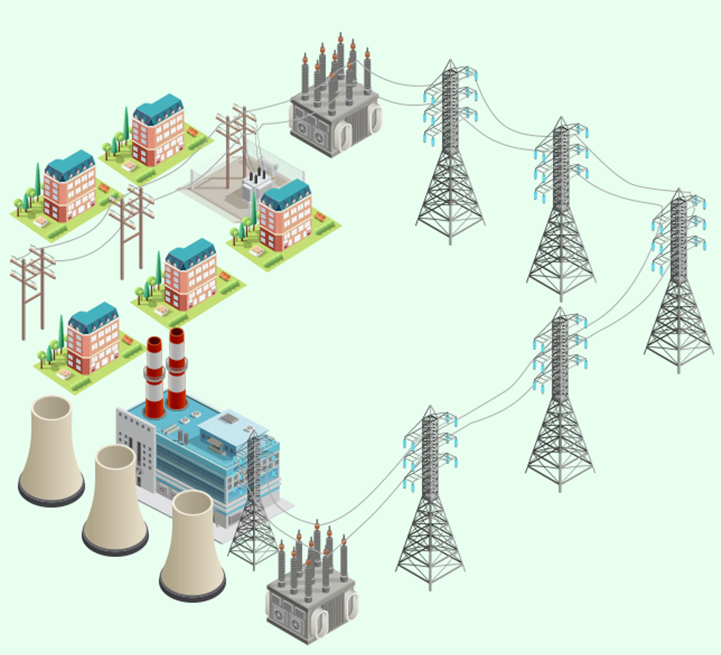
Why Power Plants Step Up Voltage at Substations
Explains substations' role in the power supply chain: voltage transformation, step-up/step-down functions, loss reduction, substation siting, and ELF field basics.

Explains substations' role in the power supply chain: voltage transformation, step-up/step-down functions, loss reduction, substation siting, and ELF field basics.
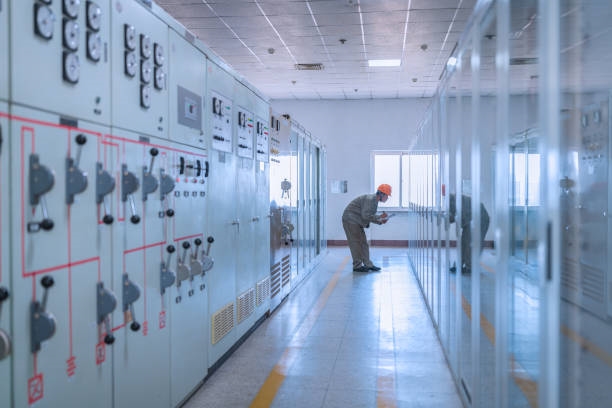
Diagnosis and remedies for a live neutral in distribution rooms: causes, sequential disconnection, grounding checks and earth resistance fixes.
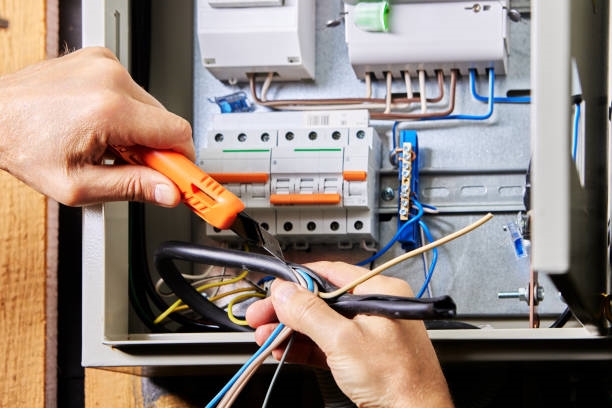
Overview of high-voltage switchgear: enclosure, vacuum circuit breaker, withdrawable truck, five safety interlocks, operation procedures, tests and fault diagnosis.
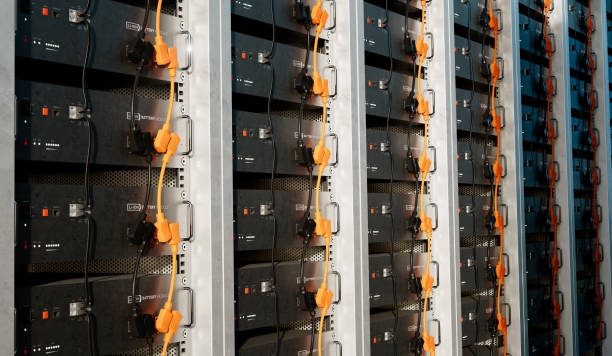
Power distribution for LED screens: calculate screen power, size the distribution cabinet, select three-phase five-wire bus conductors and allocate cabinet loads.
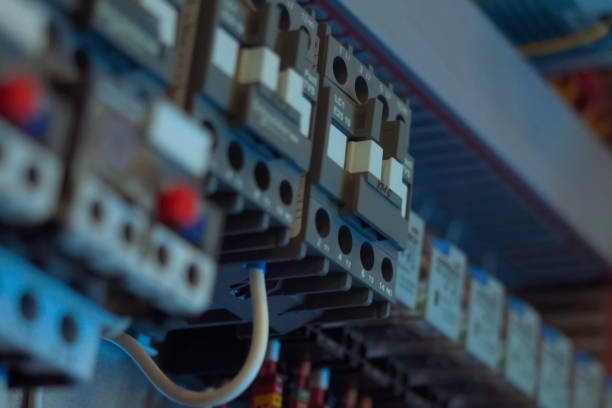
Overview of 10 kV switchgear components and troubleshooting, covering isolating switches, vacuum circuit breakers, protection relays, insulation and mechanical faults.

Grid digital transformation and fully automated switchgear: AI-enabled digitized devices for fault detection, protection, and automated distribution network control.
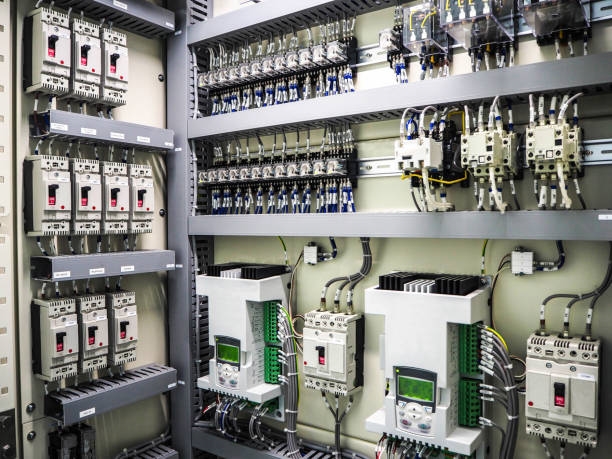
Identification and technical overview of a three-phase autotransformer in a distribution cabinet, covering working principle, structural features, and voltage regulation use cases.
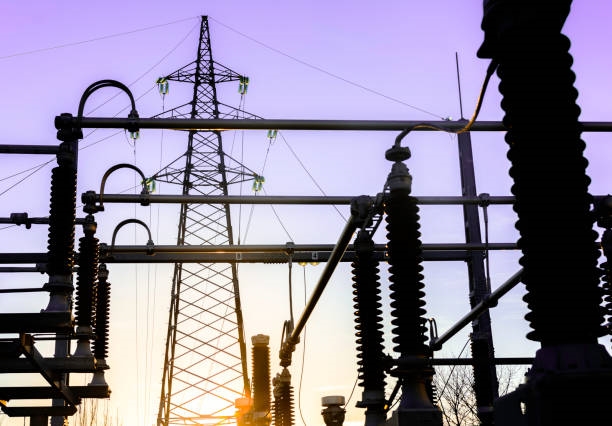
Technical overview of grid harmonics: definitions, causes, key terms and THDu limits under China's standard GB/T 14549-1993 for power quality assessment.
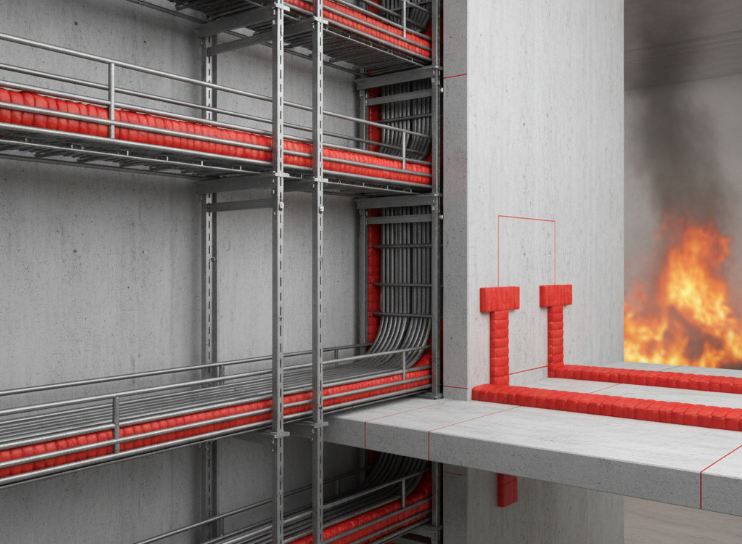
Technical guide to firestopping cable tray and slab penetrations in electrical shafts; specifies materials, packing limits, waterstop heights and installation sequence.

Technical overview of central control station for unmanned substations: compares hierarchical management mode and centralized control mode, with SCADA/dispatch integration.

Comparison of PFC cabinet installation upstream vs downstream in a distribution room, assessing through-busbar capacity, ambient temperature impact, and correction effectiveness.
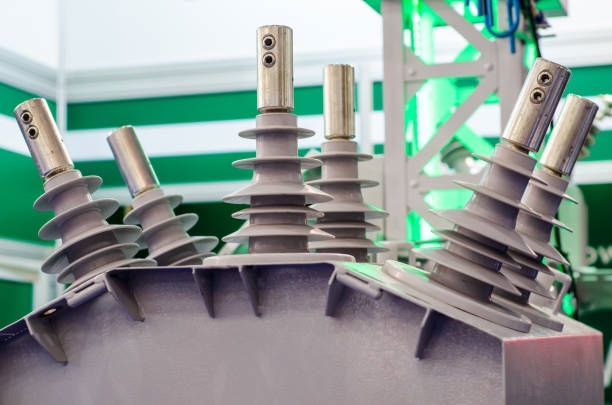
Overview of automatic reclosers, advantages, risks, and implementation principles for single-phase adaptive reclosing and comprehensive automatic reclosing in power systems.
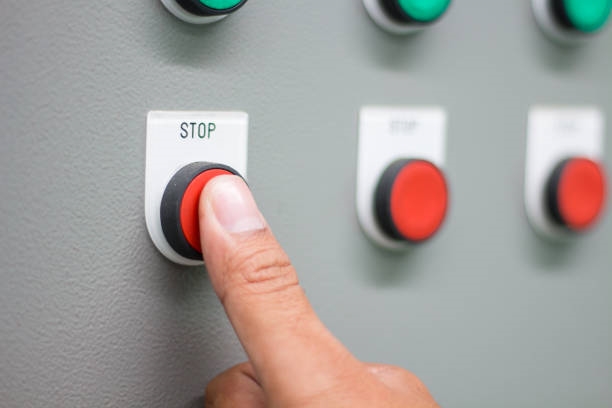
Step-by-step shutdown and re-energization procedures for distribution switchgear, specifying low-voltage vs high-voltage isolation order, circuit breaker operations and fault recovery.

Technical guide to inverter AC cable selection for residential and commercial installations, comparing copper and aluminum conductors and outlining wiring and commissioning steps.
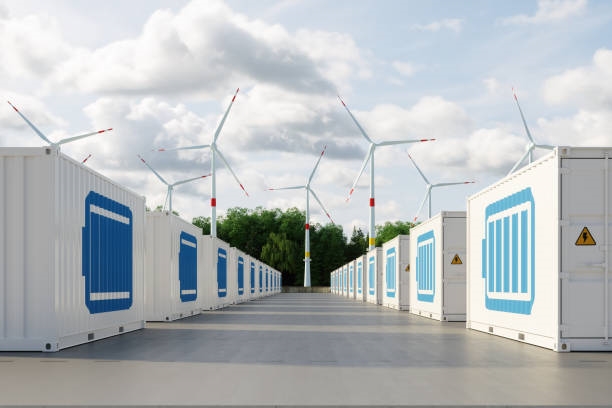
Technical overview of terminal block design and front panel layout principles for secondary equipment, covering terminal types, arrangement, and panel diagrams.
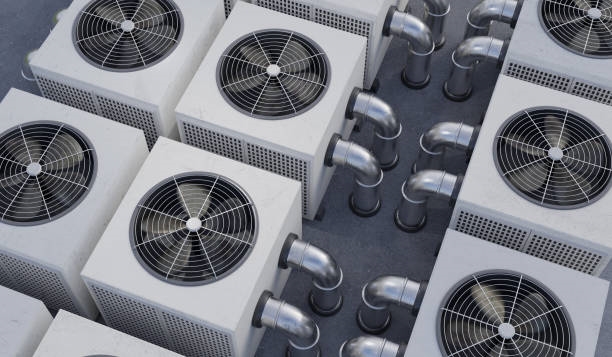
Classification of transformer defects (urgent, major, general), emergency fault indicators, response time targets, and de-energization criteria for oil and cooling failures.
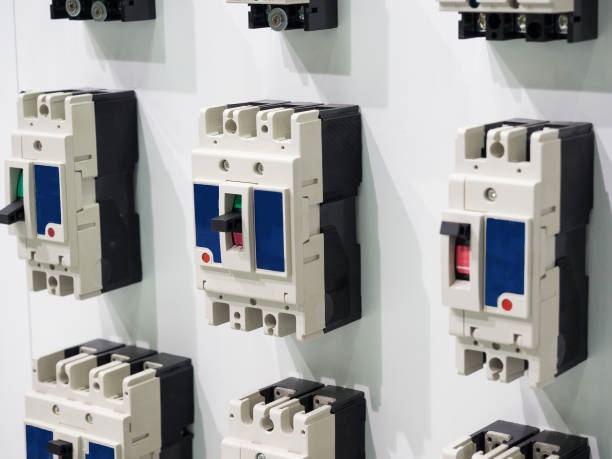
Technical overview of breakers (CAT A/B), RCBO/RCCB/RCD, surge protector waveforms (10/350, 8/20), IP ratings for switchgear, and transformer hum causes and mitigation.

Review of portable power options and large-capacity mobile energy stations for prolonged, high-power outages: specifications, output, cycle life, safety, and deployment.
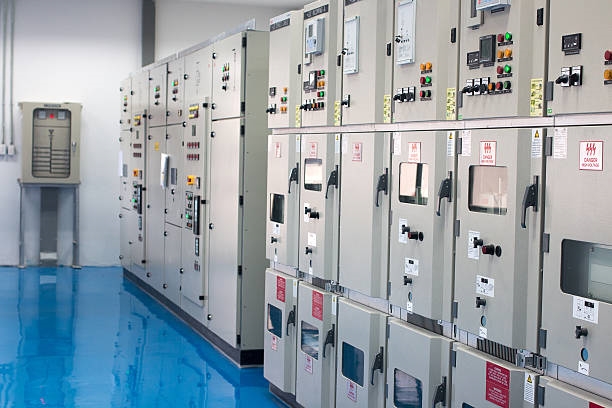
Technical overview of distribution room, house, and compartment classifications, functions, voltage levels and electricity user categories for utilities.
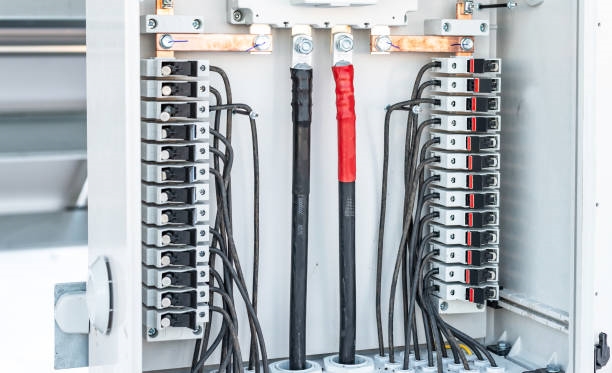
Guide to 40 secondary circuits concepts for electrical technicians, covering relay protection, zero/negative-sequence schemes, transformer testing and protection settings.